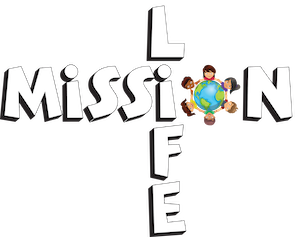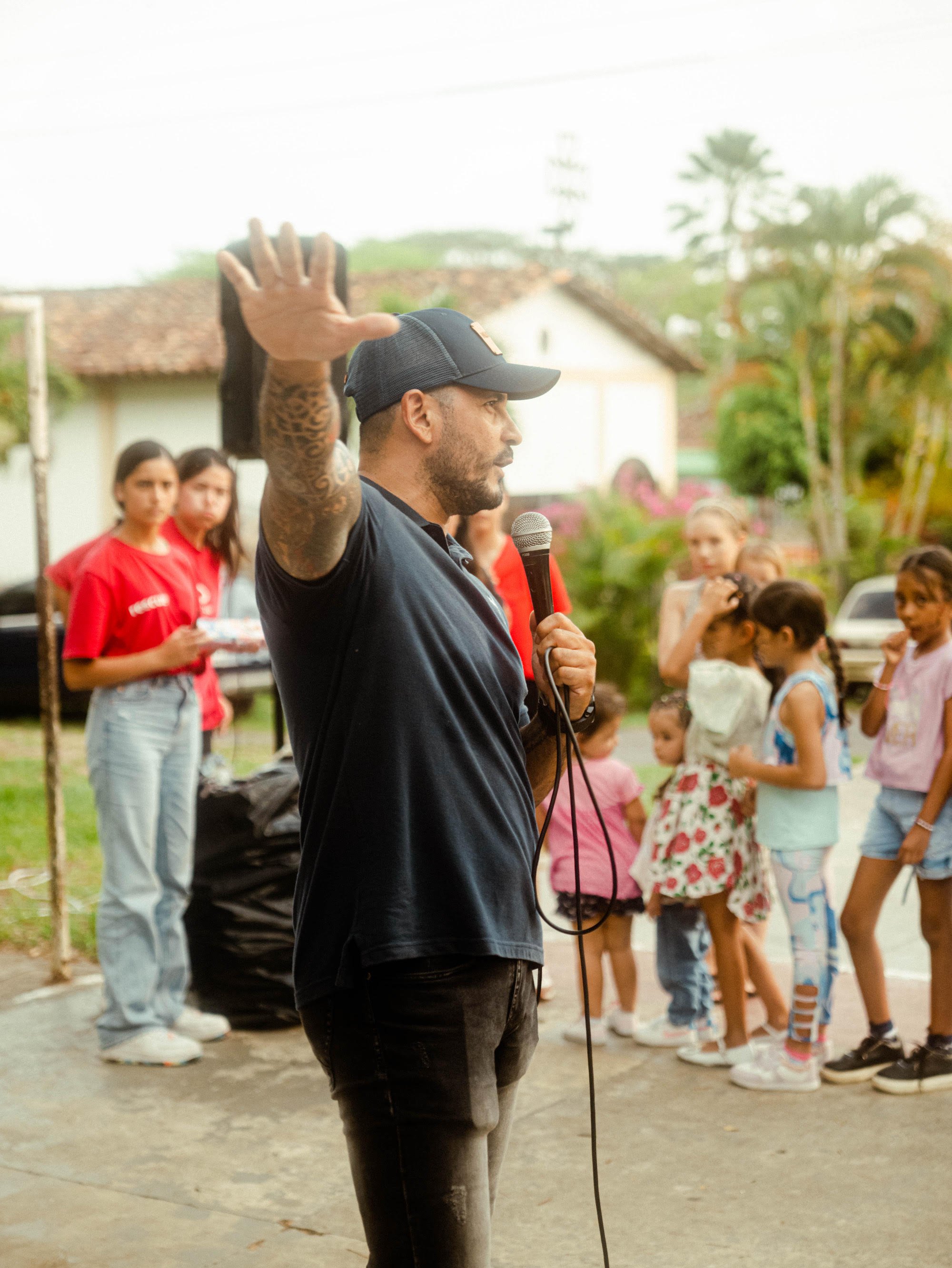April Newsletter
“Bring them here to me,” he said. And he directed the people to sit down on the grass. Taking the five loaves and the two fish and looking up to heaven, he gave thanks and broke the loaves. Then he gave them to the disciples, and the disciples gave them to the people.”
Message from Angel Galvis, Mission Life Founder and CEO
The feeding of the five thousand is one of the most famous stories of Jesus' miracles. Jesus fed all those people with only a few things. But what I started thinking about this, the part few people mention, is the logistical nightmare you can imagine this must have been.
Think about it: 5k men, plus their wives and kids, there must have been at least 20k people there. How do you manage to do this process with just a dozen people?
They must have been good at planning, organizing, and executing because, at the end of the story, besides having a head count, they collected 12 baskets full of leftovers, one for each disciple. This story speaks to me about the importance of planning, organizing, executing operations, and measuring success.
Working with organizations in ministry and programs that support those in need, I find these concepts of organization and operations somewhat foreign to many people in different cultures. Every time I visit these communities abroad, I hear the locals comment about doing things in "Rwandan time" or "Colombian time," meaning things get done without much organization or sticking to a set schedule. Something that, for us Americans, is troubling sometimes.
In these communities, various operations are currently being carried out. However, improper organization prevents these operations from reaching their full potential. Even though the communities are making the most out of what they have, there is still a need for improvement to achieve better results.
Many ministries have streamlined their operations and functions more effectively by extending financial aid and providing access to organizational tools. This has allowed them to focus on the impact and measure the success of their endeavors.
We took the initiative to ask our teams at each child center to share through a survey how the church and community have grown; at each location, Mission Life has operated in partnership with a local initiative born in the church, and what I found out warmed my heart.
Even though the operations of the sponsorship program at the child development center don't directly affect the church, they indirectly benefit the church and the community. Every child center shared the church's growth in attendance and engagement, and the results indicated an average of 32% growth.
This growth means more people are hearing the Good News of Jesus, and these communities are transforming into cultures looking to help the next generation of children become the leaders that will change the world.
That is good news to me and to everyone involved in making our mission of revolutionizing child sponsorship happen. Since all the operations and tools Mission Life put together for our partners, we have seen processes become more accessible for the centers and programs. We can focus more on the impact on the children and how to measure it so that we can be more effective, and other organizations' programs can adapt and integrate so that the effect continues to grow.
All of these operations, systems, and tools will be implemented from day one at the new Child center in Cartago, Colombia. As you might know, we have been working on establishing the first Child Development Center/Church Model in this community. This program will be built from scratch without a local initiative already in motion to operate. We will adapt everything learned through the years and be able to test and prove how the model works.
Here's a glance at the community where we'll be working: a few weeks ago, the first outreach event took place in Cartago, Colombia, and the response was amazing.

